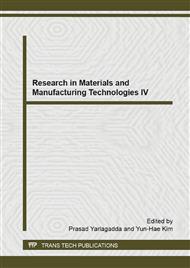p.129
p.133
p.137
p.141
p.145
p.151
p.155
p.162
p.166
Theoretical Analysis on Thermal Shock Resistance of Refractories
Abstract:
So far, thermal shock theories have not been well verified in refractories. This paper compared hypothesis and failure mechanism of two typical thermal shock theories, analyzed the applications of two typical theories in refractories from working environment, failure process and microstructure differences. And thinks that the critical stress fracture theory is suitable for nearly ideal brittle refractory with ceramic bond and used in thermal shock extremely harsh environment; thermal shock damage theory suites to evaluate multiple loops thermal shock. Analyzed the factors influencing the thermal shock parameters, and discussed Ways to improve the thermal shock resistance of refractories from destructive force and resistive force of refractories. Conclusions are that choosing small swelling expansion rate and high thermal conductivity material, reducing the micro stress concentration and adding flexible phase, these three methods can be used to make refractories with good resistance to thermal shock.
Info:
Periodical:
Pages:
145-150
Citation:
Online since:
December 2014
Authors:
Keywords:
Price:
Сopyright:
© 2015 Trans Tech Publications Ltd. All Rights Reserved
Share:
Citation:


